Packing for Safety Abroad: Start Smart, Travel Confident
Chosen theme: Packing for Safety Abroad. From passports and power adapters to discreet cash stashes, learn how to pack for confidence and calm wherever you land. Share your best safety-packing tip and subscribe for weekly travel wisdom.
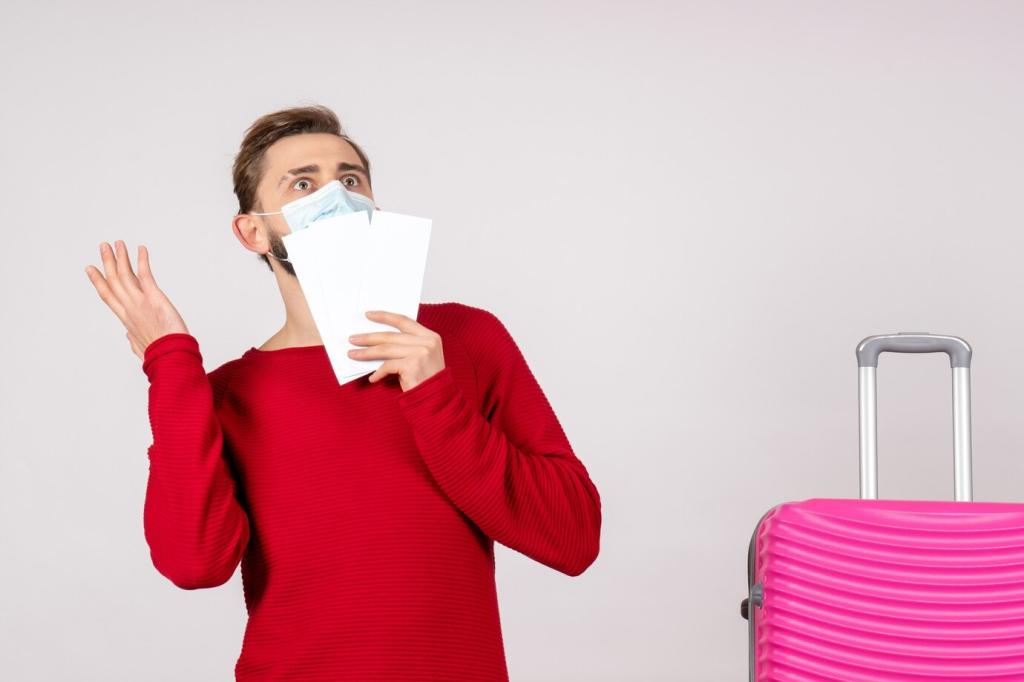
Redundant Copies That Actually Help
Carry a laminated photocopy of your passport’s bio page, a printed list of emergency contacts, and a separate envelope with spare photos. Store originals, copies, and photos in different places to prevent a single point of failure.
Digital Backups Without Digital Risks
Encrypt scans of your passport, visa, and insurance, then store them in a password manager with offline access. Avoid emailing documents to yourself; instead use app-based vaults and two-factor authentication for safer retrieval on the road.
Health and First-Aid Packing That Travels Well
Personal Meds: Legal, Labeled, and Accessible
Bring prescriptions in original containers with generic names noted, plus a doctor’s note. Pack a two-day supply in your day bag and the remainder in checked luggage. Consider time zone shifts when scheduling doses abroad.
A Compact Kit for Common Travel Troubles
Include blister plasters, oral rehydration salts, pain relievers, antihistamines, antiseptic wipes, and a small digital thermometer. Add motion sickness tablets if you’ll be boating. Keep the kit reachable on transit days for fast relief.
Insurance, Records, and Local Names
Carry a card listing allergies, blood type, and policy numbers. Learn local names for key medications. Download offline maps with medical facilities starred, and save local emergency numbers. Subscribe for our printable medical checklist.
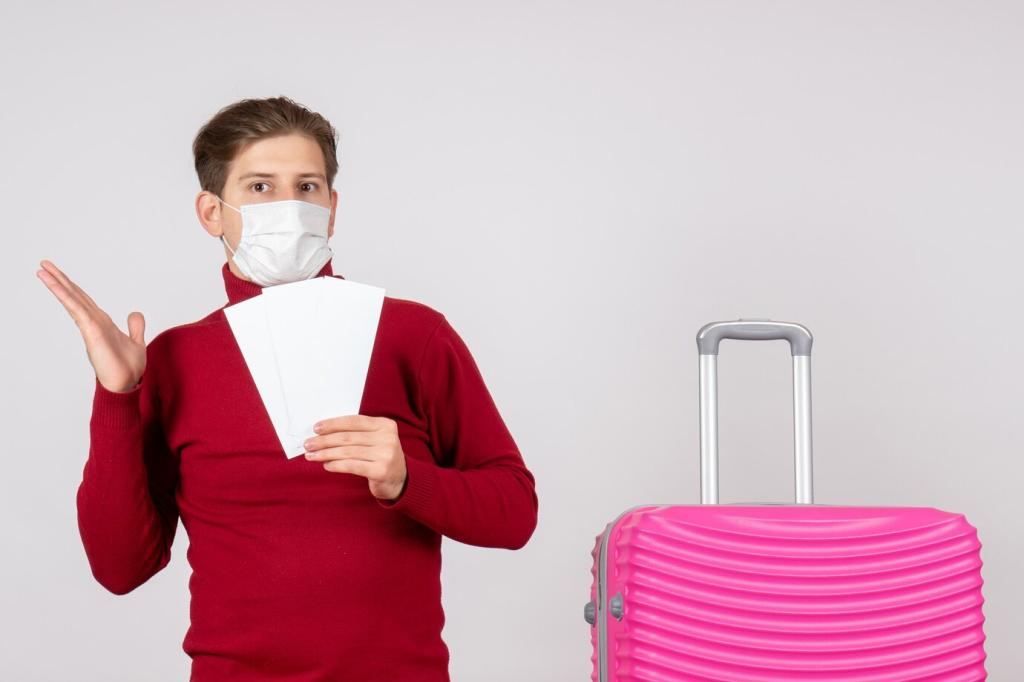
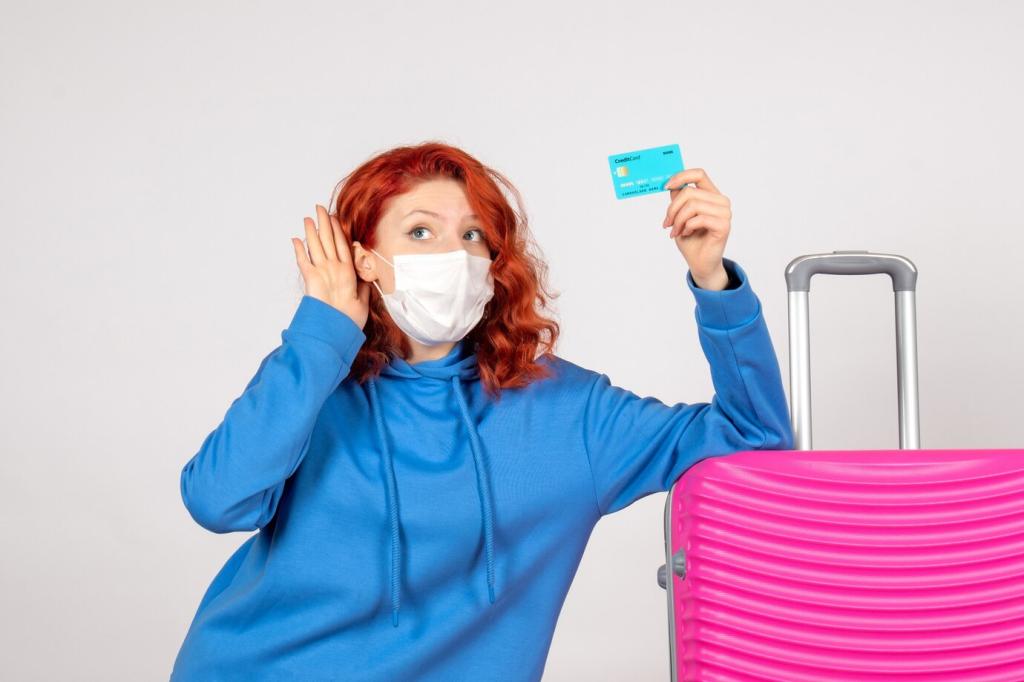


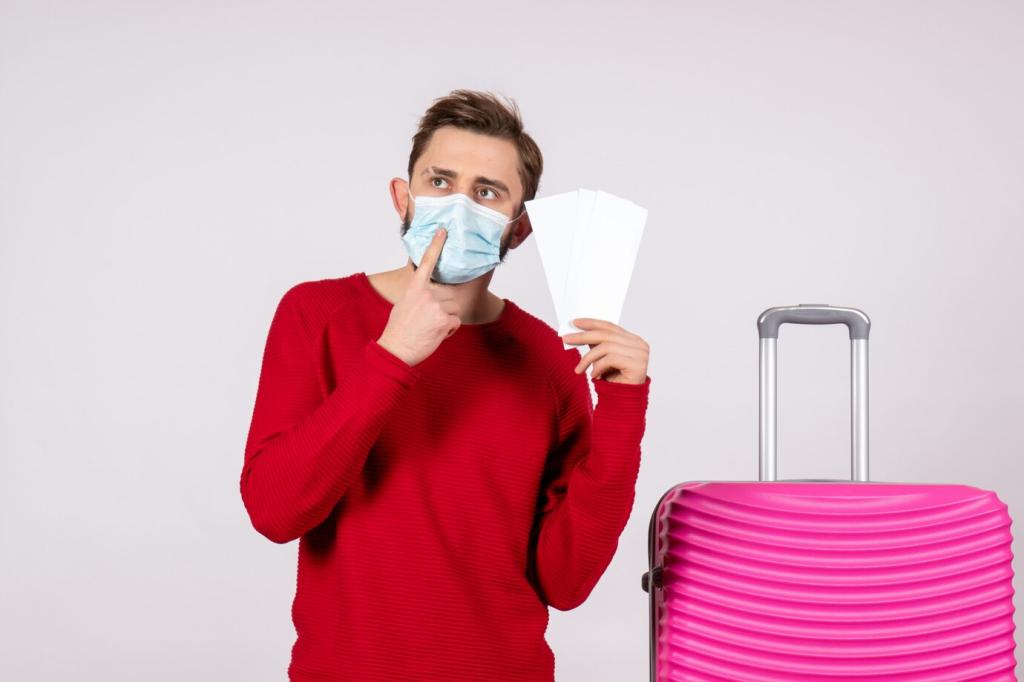
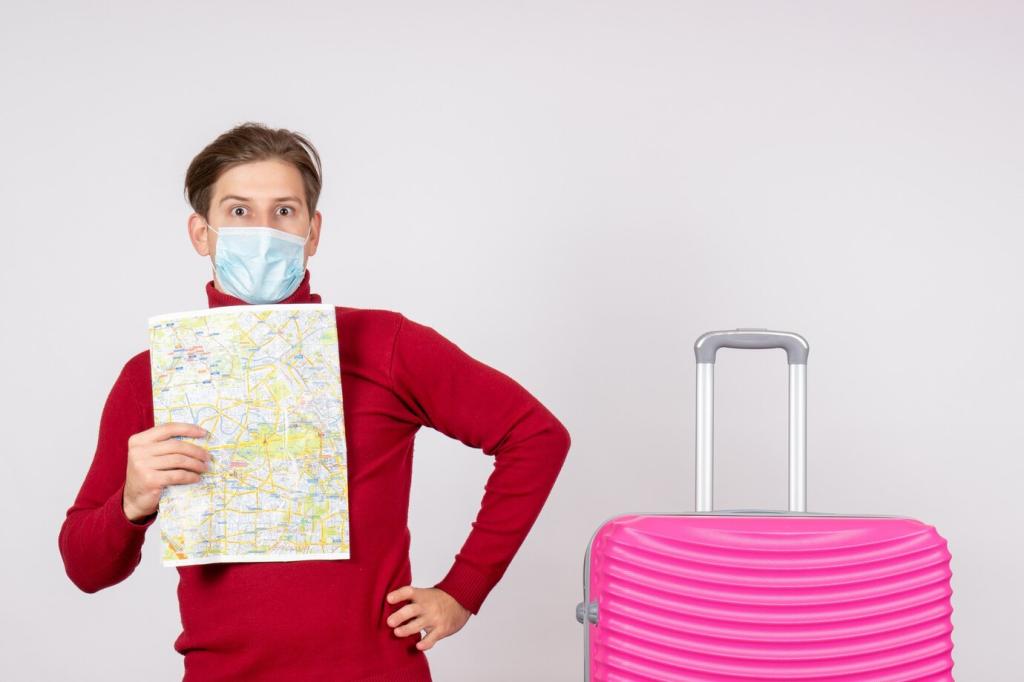
Clothes That Keep You Safe and Respectful
Pack quick-dry base layers, a light insulating mid-layer, and a compact rain shell. Layers adapt from air-conditioned trains to sun-blasted streets, minimizing fatigue. Share your favorite ultralight layer in the comments.
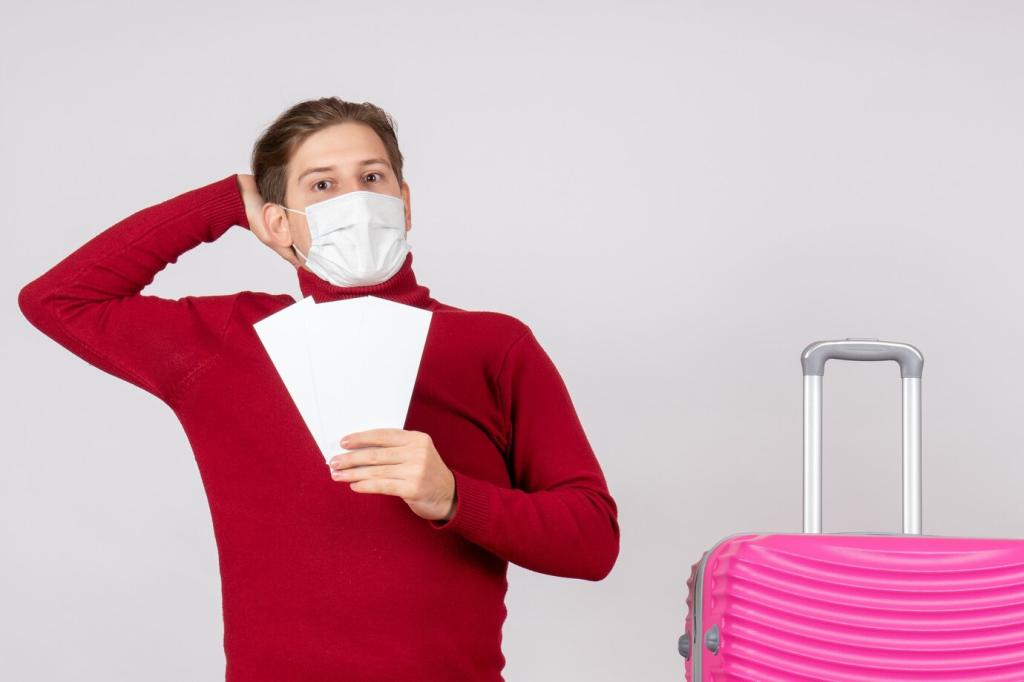

Clothes That Keep You Safe and Respectful
Choose supportive shoes with non-slip soles and subdued colors. Break them in before departure to prevent blisters. Pack thin, fast-drying socks and a tiny foot-care kit to keep moving comfortably during long sightseeing days.
Emergency Readiness in One Quick-Grab Pouch
01
Contacts, Cards, and Offline Resources
Include printed hotel addresses, local embassy details, and a bilingual emergency card. Add a small notepad and pen. Preload offline maps and phrasebooks, then practice retrieving them without internet before you actually need them.
02
Light, Sound, and Simple Signaling
Pack a compact flashlight with a strobe setting, a pea-less whistle, and reflective tape for your bag. These simple tools are light, cheap, and highly effective at night or in crowded evacuation scenarios.
03
Cash, Stashes, and Backup Payments
Store small bills in multiple pockets, plus a backup card wrapped in aluminum foil inside a hidden sleeve. Photograph serial numbers of large bills for records. What’s your smartest stash location? Share with fellow travelers.
Packing Systems That Prevent Mistakes
Color-Coded Organization Cubes
Assign colors to categories: red for medical, blue for tech, green for documents. This visual system speeds packing and retrieval, and helps travel companions find essentials quickly during stressful moments without rummaging.
Weighing, Distributing, and Declaring
Use a luggage scale to avoid last-minute repacking. Distribute weight so vital items stay in carry-on. Declare valuables to yourself with a short checklist taped inside your bag lid for one final glance.
Departure and Arrival Checklists
Create two checklists: one for leaving accommodations and one for new arrivals. Include passport, cards, meds, chargers, and go-pouch. Want our printable template? Subscribe and we’ll send it straight to your inbox.
Join our mailing list
